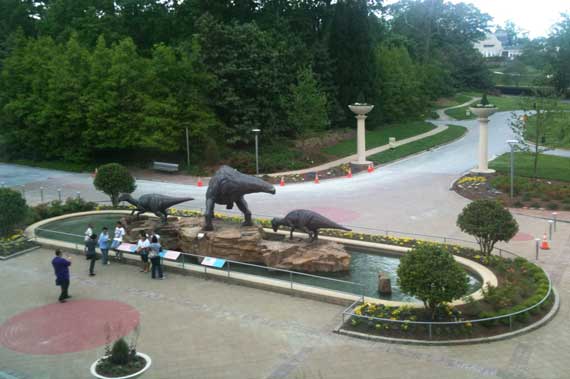Musings
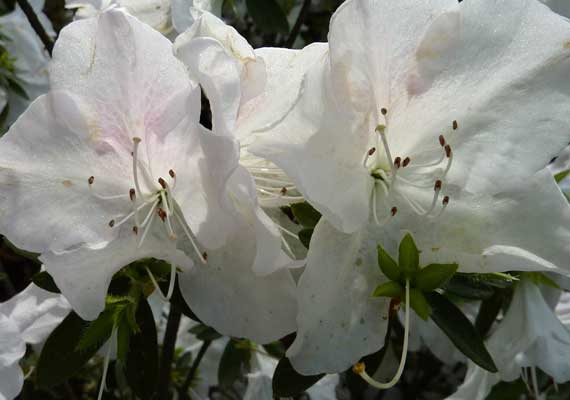
Warm today, and sunny. We are told to expect rain over the weekend. Then I need to get some barrier contraception (of a sort) installed around the tomatoes and peppers. I’m thinking I’ll follow The Botanist’s lead and use a layer of newspaper to keep weeds down and the moisture in.
For now, we’re looking at the end of the fancy large-bloomed azaleas. These specimens have flowers almost 10 cm across! The low varieties in the back yard have yet to bloom, though.
Posted at 6:24 PM |
Comments Off on Transitions (again)

Dramatic sweet william (Dianthus barbatus) blossoms.
Okay, you can get the software that allows you to “bump” iPhones and transfer money. I just wanna know if you can “bump” through fabric (as in: someone’s pocket), and make the transfer. Upon reflection, I suppose not, unless the phone is “on.” Unless.
So, watch it!
Posted at 6:58 PM |
Comments Off on Pairs and duos
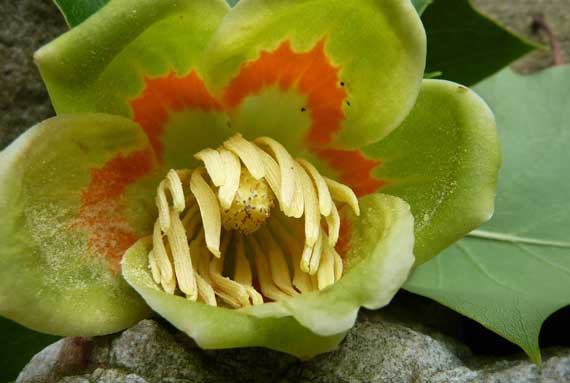
The other week we heard a bit of hoo-hah in the news about Presidents Obama and Medvedev signing a New START (START is an acronym derived from STrategic Arms Reduction Treaty*) treaty in Prague. (This was 8 April.)
Yea!
What went totally under my radar is that “buried deep inside” the treaty is a provision that permits a new weapon called Prompt Global Strike. This system is not yet online, but permits a conventional (non-nuclear) missile that can hit a target anywhere around the globe in a matter of hours. Maybe as many as 96 hours, but still, that’s hours to hit anywhere around the globe.
NY Times authors David E. Sanger and Thom Shanker note:
Under the Obama plan, the Prompt Global Strike warhead would be mounted on a long-range missile to start its journey toward a target. It would travel through the atmosphere at several times the speed of sound, generating so much heat that it would have to be shielded with special materials to avoid melting.
Can you say: scary?
* …which means using “treaty” after the word START is redundant, but, sorry, the sentence sounds silly to me without the duplication….
Posted at 6:25 PM |
1 Comment »
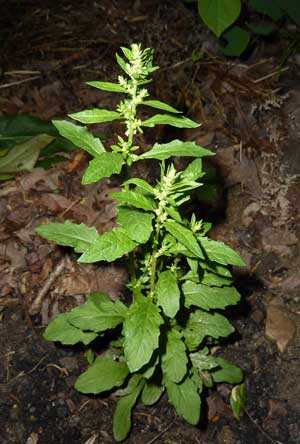
John made a selection for the garden this year, opting to give a healthy epazote (Dysphania ambrosioides) specimen a home in our (shady) back yard.
We use epazote in our “Oaxaca meal,” which features black beans (pureed) and Oaxacan cheese and hopefully still-warm tortillas.
The epazote goes both in the beans, and in the rewarmed tortillas with the cheese—they melt together.
We use the epazote leaves, not the seeds nor the stems. They have a strong flavor, which is their charm. They have a very earthy plant taste, and I think most people who are unfamiliar with it tend not to like it much.
We adore it.
The name, like many specific references to things native to what is now Mexico, is derived from a native language, with the pronunciation smoothed to reflect Colonial Spanish phonetics. The original word ends with that tricky “-otl” suffix, which, when properly pronounced has no vowel sound between the “t” and the “l” sounds (don’t say anything like “tul”). English speakers can better approximate the linked sounds when beginning a word not ending a word. In my experience.
UPDATE: Our serendipitous visitor escaped Our Fair City just as the pulse of rush-hour traffic was burgeoning, we hope without complications. At least, we know she got on I-75 safely, in heavy yet swift-moving traffic.
Posted at 6:31 PM |
Comments Off on Time to trim
This is one dinosaur butt you don’t want to kick! (Two reasons: 1) too high, and 2) too hard—it’s a bronze butt!—and yes, that’s the tail facing the building….)
Even if it’s your birthday! Shoutout to several b-day guys, about forty years apart….
Posted at 10:22 PM |
1 Comment »

Bright sun reflected by the shower glass.
Tonight we’re doing a serendipitous Travelers Rest hospitality thang. Quite happily.
This is how we bank karma for our own travel emergencies….
Posted at 10:35 PM |
1 Comment »

At noon-thirty, the light was as if it were dusk. Then the rains came. The tomatoes (and peppers and many other plants) rejoice. I can hardly believe that the wee plants I put in just a few days back are now blooming (the Rutgers ones). Wonder if I should knock the blooms off, and let the vegetation get the plants’ energy for a bit longer?
Posted at 3:57 PM |
Comments Off on Tomato tango

You’re seeing sunset light behind these glorious blooms, which I think are flame azaleas (Rhododendron calendulaceum). All azaleas are rhododendrons (botanically); but not all rhodos are azaleas. Good luck if you find this confusing.
These are from the mountains, so are “farther back” in the springtime. Meanwhile, the bright fuschia ones in our front yard are beginning to wilt.
Posted at 5:45 PM |
1 Comment »
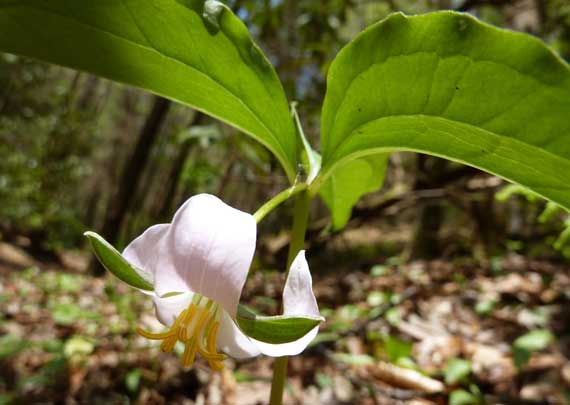
People respect non-fiction, but they read novels.
—E.O. Wilson, entomologist/sociobiologist/novelist in an interview with Diane Rehm today; Wilson is promoting his new, first fiction publication, Anthill
Okay, the picture is a nodding trillium (Trillium cernuum). You didn’t think I’d spend the afternoon in the woods in the spring on a sunny day, and not give you at least one flower picture, didja? Yes, from yesterday…. (The nodding part is from the flower hanging below the leaves.)
Posted at 6:34 PM |
Comments Off on Incidental quote

What a great day to cast real-world reponsibilities aside and head for the woods, a gentle hike up to Raven Cliffs Falls. We saw the falls. And heard them…. We neither saw nor heard ravens. At dusk, off the trail and over in Lumpkin County, we heard owls hooting, and even a whippoorwill (Caprimulgus vociferus)….
Confirmation: the hemlocks are going fast. The hemlock woolly adelgids are the culprits…. The woods will smell different, and the feel underfoot will change. The thick duff under hemlocks is different from that generated by deciduous leaves.
Posted at 10:22 PM |
Comments Off on Off in the woods




